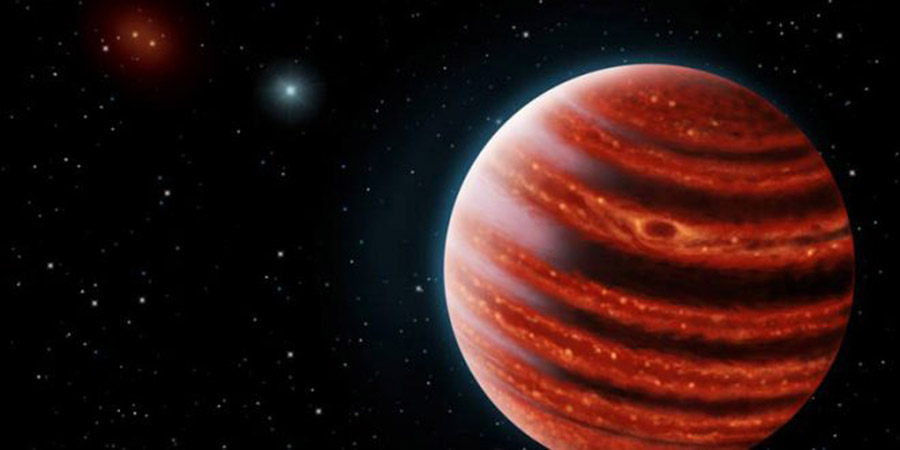An international team of researchers found something quite similar to a planet, but not entirely one. According to the study just published by Y-H Ryu of the Korea Astronomy and Space Science Institute, this galactic object can’t be called a planet because it generates a small amount of energy. However, it can’t either be named a star because it doesn’t shine as one.
Although no one knows exactly what this object is, this planet can help scientists understand more about other “planets” previously found.

In 2016, scientists from the Optical Gravitational Lensing Experiment (Ogle), at the University of Warsaw, found this planet 22,000 light years away from us. They called it OGLE-2016-BLG-1190, but there are still many questions without an answer.
The Polish astronomical project and many other different observers — including NASA artificial satellite Spitzer — saw the planet thanks to the phenomenon known as a gravitational microlensing event, which lets scientists know its locations due to the parent star’s light that the gravity of the planet reflects. This makes the star shine a few seconds even brighter.
“We report the discovery of OGLE-2016-BLG-1190Lb, which is likely to be the first Spitzer micro-lensing planet in the Galactic bulge/bar, an assignation that can be confirmed by two epochs of high-resolution imaging of the combined source-lens baseline object,” the paper reads.
The size of the planet was another thing that impressed scientists after noticing it. According to them, OGLE is around 13 times the mass of the largest planet we have in our Solar System: Jupiter. Furthermore, as we already know, this one is way larger than the Earth by at least 317 times.
So, yes. In other words: it means that the just-recently-found planet is around 4000 times more massive than the Earth.
Nor a planet, nor a star
Scientists said that such a size doesn’t let them decide whether OGLE is a planet or a brown dwarf — a term that experts use to call a star that never really reached to be a star.
There are other ways that the researchers usually take when they have to choose between calling a cosmic object a planet, a star, an asteroid, a rock — and so it goes. They explained, for instance, that the most obvious way it’s by seeing if it creates light.
A star shines brightly on its own. But a planet just reflects other lights because it doesn’t generate any kind of this energy. A brown dwarf sits between the two of them.
In this case, OGLE is just over the line there’s in between calling it a planet or brown dwarf. However, scientists can’t do either of them.
A star by itself gets its energy after fusing hydrogen, making it shine as we already know. A planet, on the other hand, is completely different because it doesn’t generate energy. But OGLE, thanks to the fuse of an isotope of hydrogen called deuterium, does generate a small amount of energy.
Scientists have to do a lot more of research to reach a concrete conclusion. However, they considered this finding very helpful.
This research has been submitted to the Astronomical Journal, but it’s available on the pre-publish website arXiv.org.
Source: The Guardian
